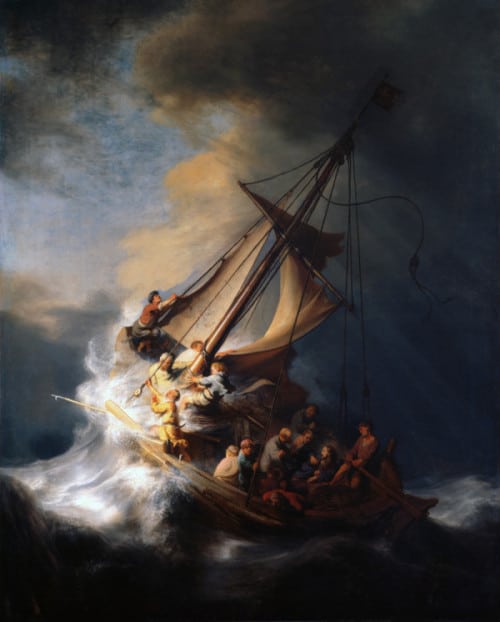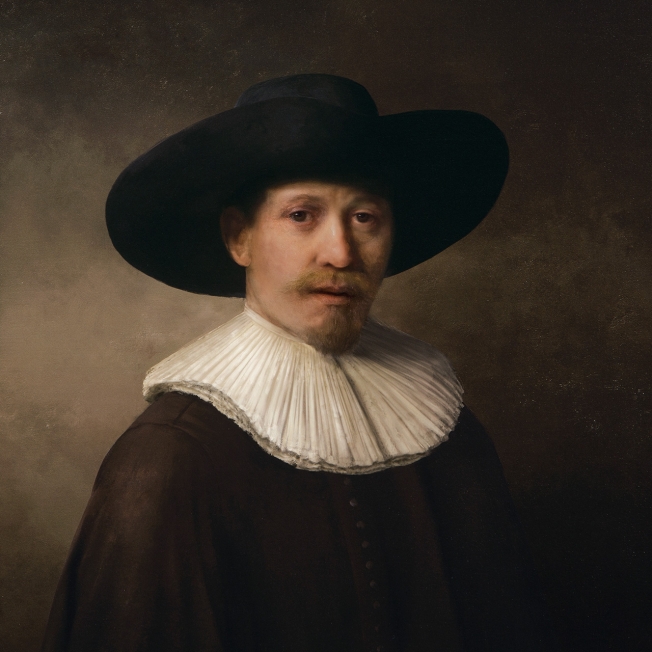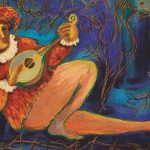How technology is recreating Rembrandt art

Rembrandt Christ in “The Storm on the Lake of Galilee” by Rembrandt – www.gardnermuseum.org. Picture licensed under Public Domain via Wikimedia Commons.
Although world-renowned artist Rembrandt van Rijn passed away almost 350 years ago, his art still lives on today. In fact, it’s still revered; artists today are using modern techniques and technologies to emulate his style and works.
In the past month, two separate projects related to emulating Rembrandt have been publicized.
Ankur Patar is an award-winning illustrator who re-created Rembrandt’s “Storm on the Sea of Galilee” using only stock images from the internet and the Adobe Stock software. He chose this work in particular because it’s what was stolen from the Gardner Museum in Boston during the infamous 1990 heist. The goal of this artwork was not to put a twist on a legendary work of art, but to replicate the original. It was an off-kilter idea, and it turned out to be impressive.
In similar news, an innovative computer technology was revealed at this year’s Cannes Lions Festival – an eight-day event in Cannes, France that promotes creativity – that can actually paint in the style of Rembrandt. Bas Korsten, an executive creative director at the J. Walter Thompson (JWT) advertising agency, was the mastermind behind this technology. Korsten was tasked with coming up with an idea that connects art and innovation for JWT’s banking client, ING. His epiphany came when he read an article about scientists putting together a hypothetical image of what Jesus actually looked like using ancient skulls found in his native Israel. Korsten decided that historical artifacts were the key to his idea of creating a hybrid between art and science.
“I thought, if you could create something new out of historical material, why can’t we take all the paintings from an old master and recreate something new out of that?” said Korsten in a story from AdWeek. “That’s how the idea was born.”
After teaming up with art historians, material researchers, data scientists and engineers from the likes of Microsoft and the Rembrandt House Museum, Korsten and his creative team began work on the new project.
The computers used to carry out this technology were fed copious amounts of data about Rembrandt’s painting style and his nuances; they gathered information about his brush strokes (and their height), geometries and composition patterns. Using complicated algorithms and facial recognition techniques, the team was able to make the computer create a completely new work of art that follows Rembrandt’s style to the ‘T.’ Possibly the most interesting part of the process is that the computer is able to create completely new features in the artwork while still keeping the style, essence and aesthetic of Rembrandt’s art.

Rembrandt “look-alike” (photo courtesy of Adweek)
This technology was a smashing success at the festival, winning 16 Lions (awards), including an award for cyber and creative data. Despite criticism – art critics say the colors aren’t the same as original Rembrandt works – the overall project was a success.
Giving computers the ability to be flexible could have a great influence on the future of art and the future of the world in general.
Park West Gallery’s extensive collection features etchings by master artist Rembrandt van Rijn. Own a part of history with Park West’s Rembrandt collection.
What do you think of these projects? Let us know in the comments below.





